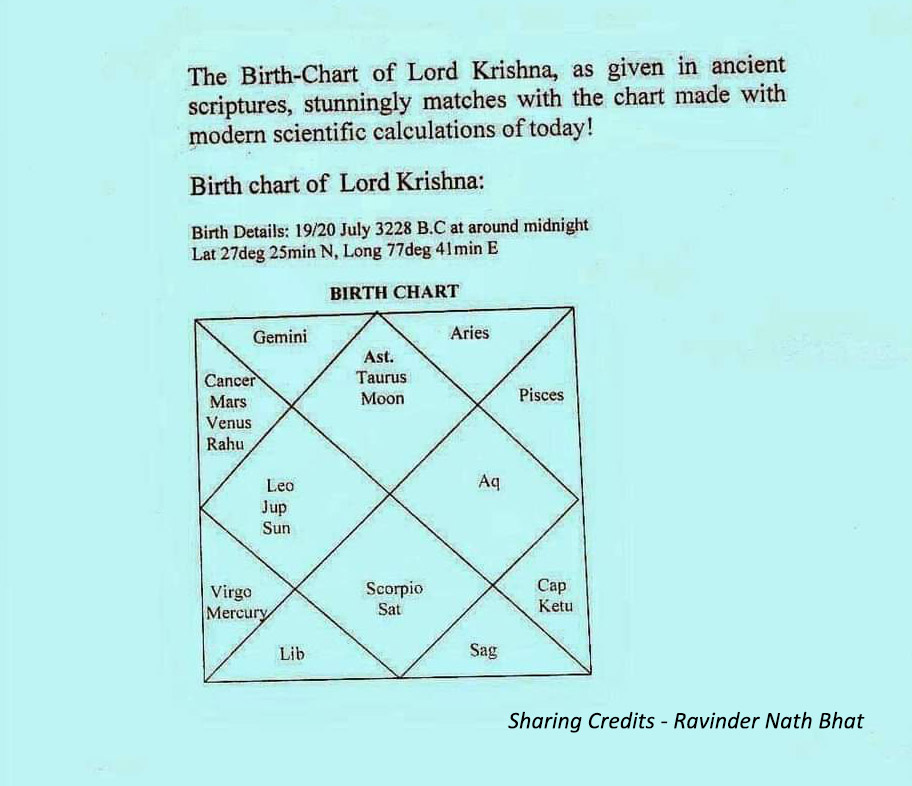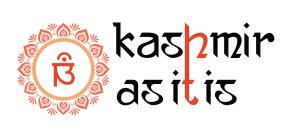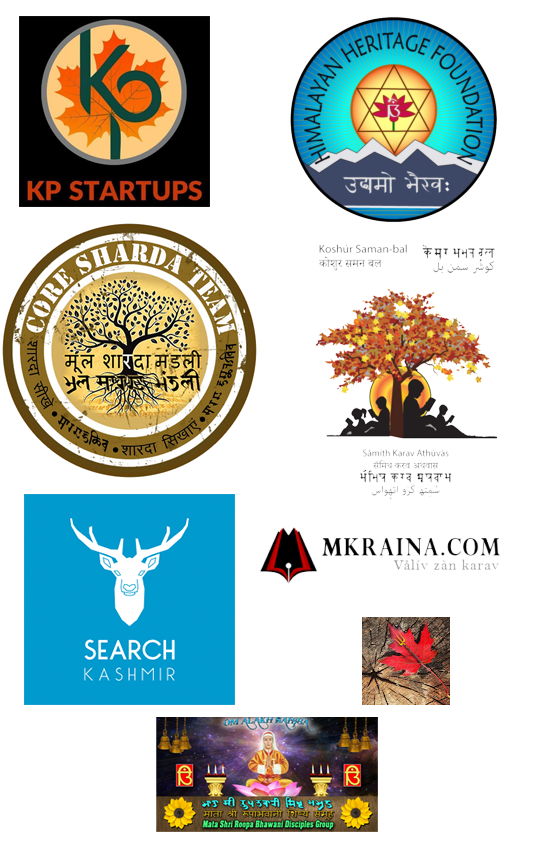Heartiest Greetings on Sri Krishna Janam Diwas – Zaram Satam Poshtey
This year (2019) is Lord Krishna’s 5,241st birthday (as per some sources) as the Lord was born in the Dwapar Yud which is the second of the four cosmic eras as per the Hindu mythology.
Shri Krishna was recognized as the Vishnu Avtar and he actually defined the Karma Theory in the form of Geeta while narrating it to Arjuna. The Karma theory is all about working just and how to face the daily battle of good and evil. The man’s soul aim needs to be self-realization, thus each soul has to surrender to the eternal Atma and is responsible for his own Karma.

This day is celebrated by fasting all day in which one is only allowed to drink water, milk, curd (yoghurt) and vegetable tempura/fritters made only from water-chestnut flour. After the whole day of fasting, the fast is broken at the midnight by making Prasad which includes, fruits and halwa (again from Water Chestnut Flour). Going to Krishna temple has been integral part of this day. Usually the day starts with Bathing and wearing new clothes and offering prayers in the Thokur Kuth. Thokur Kuth is decorated with flowers. Some also keep small “jhoola or palna” with bal-gopal (baby Krishna) inside it – recreating the scenes of the birth of a baby. Then the baby in the house is dressed as Krishna or Radha. Because this is the fasting day, so day starts with consuming Gari Poor / Aaloo Pakori with Chai or Zamdudh. Later towards the afternoon diet is restricted to fruits, milk or curd & then in the evening it is the big feast of Gari Pakori (Vegetable Fritters made from water-Chestnut flour). It is considered to be a tasteful fasting day where no “Ann” is consumed. Later at night around 11:30pm or so all the family members gather in the Puja Room and offer prayers to Lord Krishna till past midnight – congratulating on the birth of the Lord. A sweet prasad or Halwa is made from the water-chestnut flour and kept as offering to the Lord Krishna. Past midnight after prayers are over all the family members take this halwa as Naveed & call it a day.
Why only ‘Ga’er’ is used as main ingredient of the fasting feast –
The logic behind the use of water chest-nut is that it is considered as the source of “Energy”. As stated in the sixth chapter of Bhagvad Gita Lord Krishna emphasizes the use of water chest nuts. The fruit has the shape of energy( Shakti) cone and also is a rich source of Vitamin C & vitamin B 6 in addition to various valuable minerals like iron, magnesium, pottasium etc; therefore it is best suitable “satwik bhojan” for a healthy life.
Why Kashmiri Pandits celebrate this festival on Saptami while as the rest of the hindu community celebrates it on Ashtami –
There are few reasons to this theory of celebrating Zaram Satam than Atham:-
Theory #1 – KP’s celebrate this day to welcome Lord Krishna in the world. It is said that Lord Krishna was born at the midnight of Saptami & Ashtami. Hence KP’s celebrate Saptami in order to celebarte birth of Lord Krishna at midnight. That is why, in KP houses, Aarti is conducted at midnight and Gaer Halwa and fruits are offered as offerings.
Theory #2 – It is also believed that Kashmiri Astrologer at that time concluded that there was “Deva Dev” at the time of Lord Krishna’s birth. Therefore, the birthday has to be celebrated a day before. Hence Saptami is said to be the day of fasting. To understand deva dev we have first to understand the rotation of the Sun, the Moon & 37 conglomerate of stars. Each cluster of stars is called a nakhshtra. All the thirty seven clusters are also in constant motion. Moreover a solar year consists of 365 days & lunar year consists of 355 days. Due to this difference a time difference affects the movement of Nakhshtras giving rise to what is called Deva Dev.






